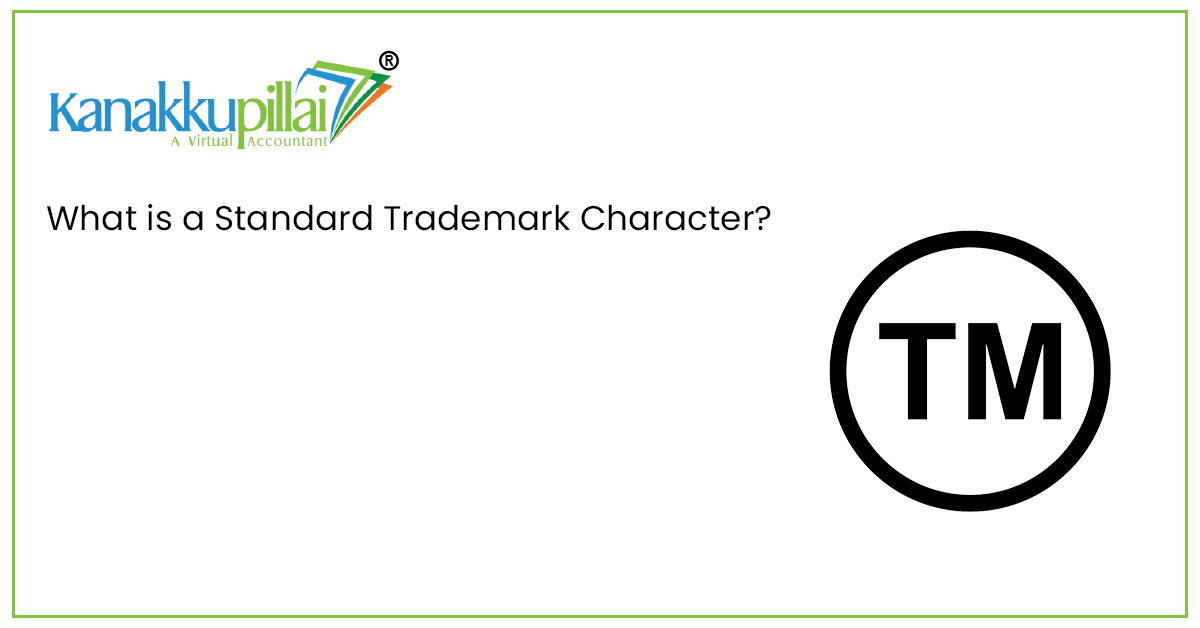When starting a business or launching a product, one of the most important things you can do is protect your brand identity. A trademark is one of the strongest tools available to secure your brand in the marketplace. But did you know there are different types of trademarks? One of the most commonly used forms is the Standard Character Trademark. In this blog, we’ll explain what a standard character trademark is, how it works, and why it might be the right choice for your business.
What is a Standard Character Trademark?
A Standard Character Trademark, sometimes called a “word mark,” protects the text of a brand name, slogan, or other words without regard to any specific font, size, colour, or design. When you register a trademark in standard character format, you are protecting the wording itself, no matter how it appears visually.
For example, registering the word “FlexiMart” as a standard character trademark means you own the exclusive right to use that word in connection with your products or services, whether it’s written in bold, italics, uppercase, lowercase, or any font style.
Key Features of a Standard Character Trademark
- Covers Only the Words: It protects the wording and nothing more. It does not cover logos, stylized fonts, or colours.
- Flexible Use: Since the registration isn’t tied to a specific appearance, you can use the mark in different formats as your branding evolves over time.
- Broader Protection: It offers wide-ranging protection because it applies to the word or phrase in any style or font.
- Ideal for Names and Slogans: This type of trademark is best suited for business names, product names, and taglines.
Requirements for Standard Character Format
To qualify for a standard character trademark, the mark must:
- Consists only of letters, numbers, punctuation, and common symbols.
- Be written in Latin characters (the standard English alphabet).
- Contain no special fonts, designs, or logos.
You must also select “standard character claim” in your trademark application to indicate that you’re applying in this format.
Standard Character Trademark vs. Special Form Trademark
It’s important to understand the difference between a standard character trademark and a special form trademark (also known as a stylized or design trademark):
| Feature | Standard Character Trademark | Special Form Trademark |
| Appearance | No specific appearance required | Includes font, style, colour, or logo |
| Flexibility | High — can change how it’s presented | Limited to the exact look in the application |
| Protection | Broader (covers all visual styles) | Narrower (only the specific design) |
If your brand relies heavily on a unique logo or visual presentation, you might want to file a special form trademark or even both types for complete protection.
Why Should You File a Standard Character Trademark?
There are many good reasons to file a trademark in standard character format:
- Saves Time and Money: It’s usually simpler and more straightforward to apply for, which means faster approval and lower costs.
- Allows Brand Growth: You can change how the mark looks in advertising or packaging without needing to file a new trademark application.
- Stronger Legal Protection: You can stop others from using your trademarked words, even if they use a different style or font.
- Ease of Enforcement: It’s easier to prove infringement when your trademark is based solely on the wording.
When Is It Not the Right Choice?
While a standard character trademark offers wide protection, it may not be the best fit if:
- Your brand identity relies heavily on a distinctive logo.
- You want to protect specific graphic elements along with the words.
- The visual look of your mark is just as important as the words themselves.
In such cases, filing a special trademark form or combining both applications can give you better protection.
Conclusion
A standard character trademark is a powerful and flexible way to protect the name of your business, product, or service. It gives you broad legal rights without locking you into a particular look. If you are just starting out or want to keep your branding options open, this format is often the best place to begin. Consulting a trademark attorney or expert can also help ensure you choose the right type of protection for your brand’s unique needs.
Related Services





